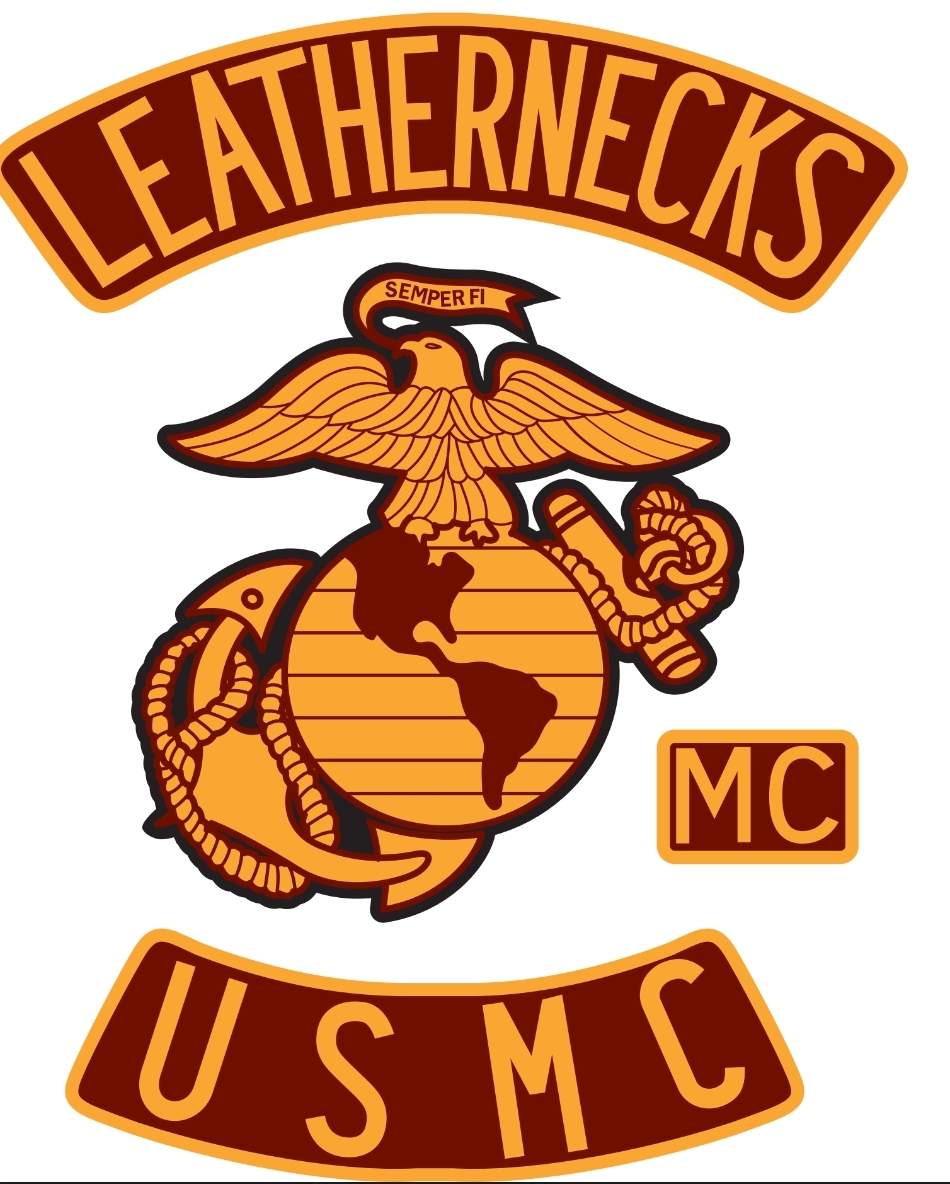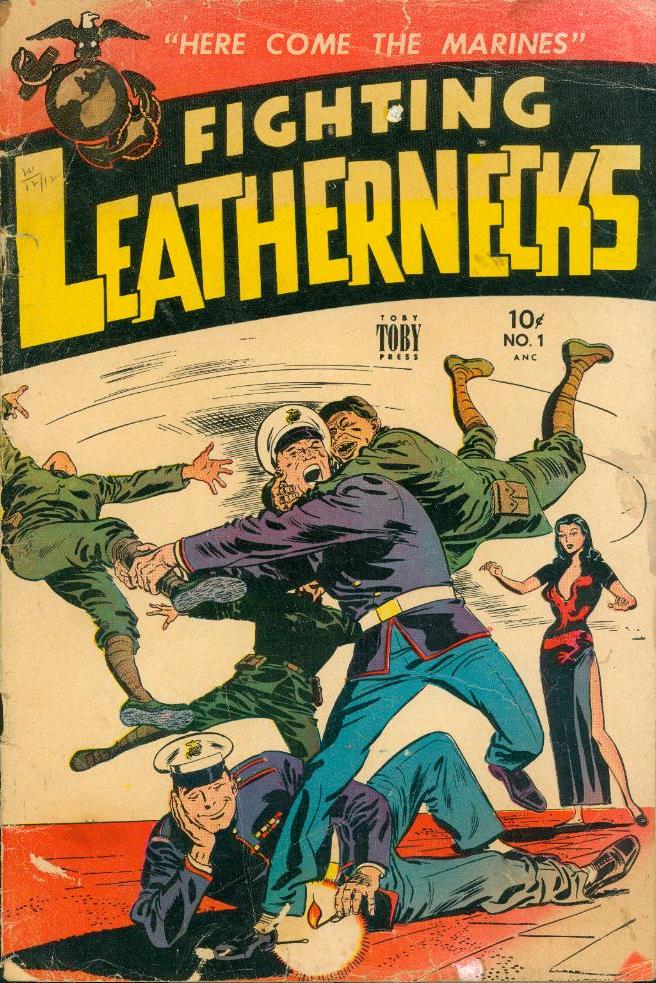We’re about to dig into a slice of history that’s as American as apple pie and baseball. You’ve probably heard the term “leatherneck” thrown around when people talk about the U.S. Marines. If not, no sweat. We’re about to clear up that mystery for you.
It’s not some random term that someone pulled out of a hat, nor is it some obscure military jargon. This nickname has a tumultuous history that stretches back centuries, and it’s as tough and tenacious as the U.S. Marines themselves.

The story of why U.S. Marines are called “leathernecks” is quite a trip, filled with old-school warfare, ships at sea, swords, and some good old-fashioned grit and determination. Let’s dive right in and uncover the origins of this unique nickname and how it’s woven into the very fabric of Marine history.
The U.S. Marines of the 18th Century
Let’s kick things off by returning to the wild days of the 18th and 19th centuries. You’ve got your ships with sails billowing in the wind, cannons blasting, and good old hand-to-hand combat. Life back then was far from a walk in the park, especially if you were in the U.S. Marines.
The Marines were newly formed and tasked with a unique and challenging role in America’s military. They served aboard Navy vessels and were often at the frontlines during ship engagements, including boarding enemy vessels. Not exactly the most chill job in the world.
The Birth of the ‘Leathernecks’
Back in those days, part of their job was naval combat. They’d sail into battle, trading cannon fire with enemy ships. But they weren’t just shooting from a distance.
They were boarding those enemy ships to duke it out up close and personal, like Pirates of the Caribbean, but with way less Johnny Depp and more real danger. You had enemies swinging sharp blades around, too. Getting hit by one of those in the neck… wouldn’t be pretty.
To help protect against this, the U.S. Marines started wearing these high, stiff leather collars. They were part of their uniform and were known as stocks.
Often as high as three inches, these stocks acted like an early form of body armor, providing some much-needed protection against those deadly sword swings.
And these leather stocks had a secondary benefit. They were so stiff and high that they forced the wearer to keep his head up and maintain a proper military posture. You couldn’t slouch or lower your gaze quickly while wearing one of these, which was great for discipline and morale.
The Legacy of the Leathernecks
You might think that something as old-school as a high leather collar wouldn’t have much relevance today, but you’d be surprised. These stocks have left a mark on the Marine Corps that’s lasted way longer than the stocks themselves did.

Firstly, they’re the origin of the nickname for Marines, which is still used today. So even though the stocks have been out of use for a century and a half, every time you hear someone call a Marine a “leatherneck,” that’s a nod back to those old leather collars.
The nickname has become a term of respect and admiration, a way of recognizing the toughness, bravery, and dedication of the Marines. But the legacy of the leather stocks goes deeper than just a nickname.
More Than Just a Nickname
The leather stocks were also a symbol of the U.S. Marines’ spirit and ethos. They were all about protection in battle and maintaining a disciplined military bearing. Those things are still at the heart of the Marine Corps today.
The U.S. Marines are known for their discipline, courage, and willingness to face danger head-on, just like their predecessors who charged into battle with their necks guarded by those stocks.
That toughness, that readiness to face whatever comes their way – you can draw a straight line from the Marines wearing those stocks to the Marines serving today.
While the stocks themselves are long gone, their legacy lives on. They’re a part of the history and the culture of the Marine Corps, a reminder of where they’ve come from and the enduring values that guide them.

Whether it’s a “leatherneck” charging into battle in the 1800s or a Marine serving today, that spirit of courage and discipline is a thread that runs through the entire history of the Corps. And that’s a legacy worth remembering.










COMMENTS
You must become a subscriber or login to view or post comments on this article.